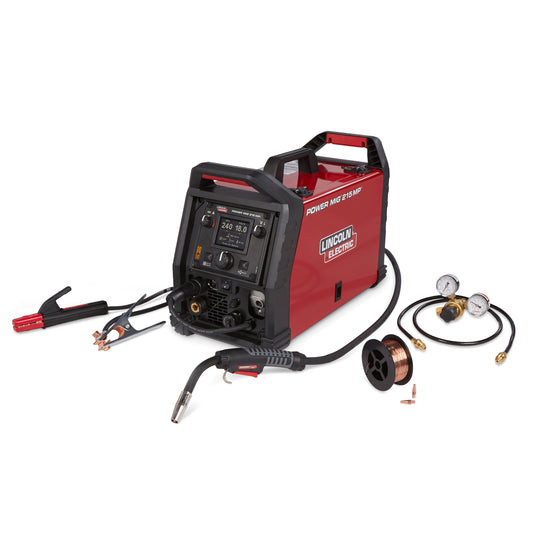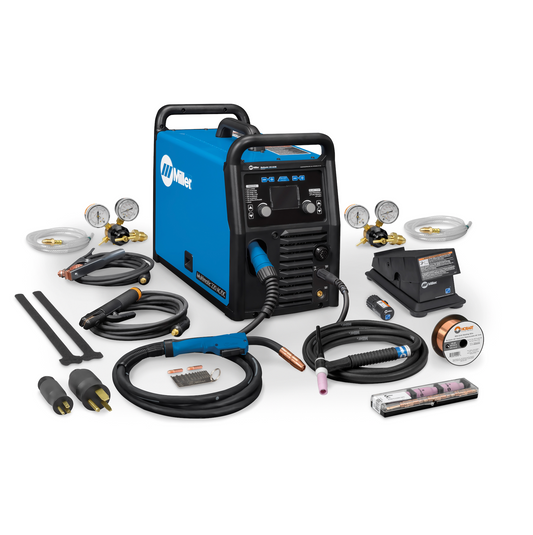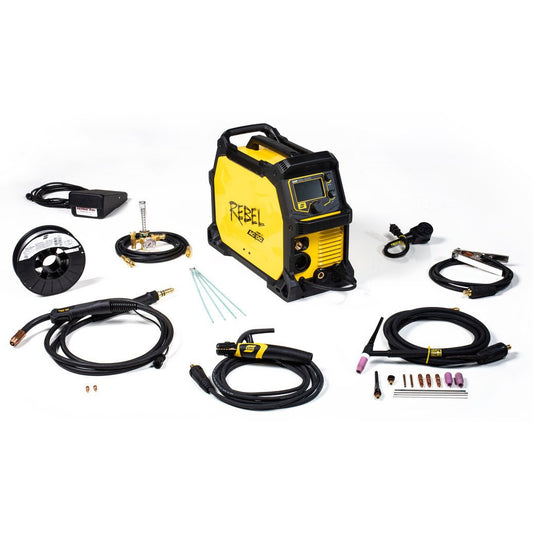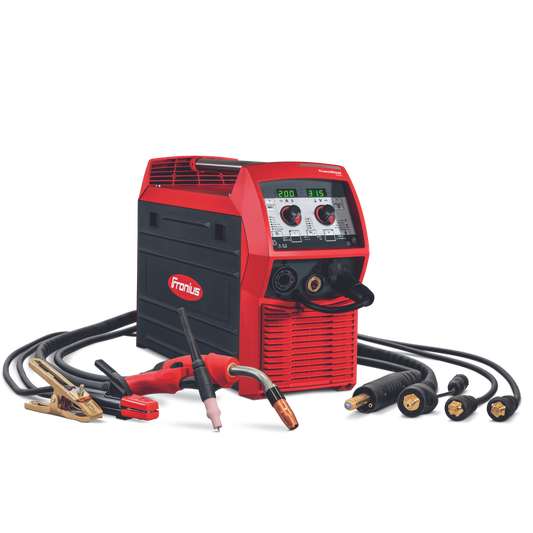When it comes to welding, choosing the right process can make or break the quality, efficiency, and success of your project. Whether you're a beginner learning the basics or a seasoned fabricator tackling a specific job, understanding the differences between MIG, TIG, and Stick welding is essential.
Each welding process has its own advantages and ideal use cases—so how do you know which one to choose? Let’s break it down.
MIG Welding (Metal Inert Gas)
Best for: Beginners, high-production work, welding thin to medium-thickness metals

MIG welding is one of the easiest and most popular types of welding, especially for hobbyists and production shops. It uses a continuously fed wire electrode and shielding gas to create a clean, efficient weld.
-
Pros:
- Easy to learn and operate
- Fast welding speed
- Clean welds with minimal spatter
- Great for long runs and repetitive welding tasks
-
Cons:
- Requires shielding gas, making it less ideal for outdoor use
- Not suitable for very thick materials or precise welds
Use it when: You're welding mild steel, stainless steel, or aluminum on a regular basis and need quick, clean welds—especially indoors.
TIG Welding (Tungsten Inert Gas)
Best for: Precision work, clean welds, welding thin materials

TIG welding offers the most control and produces the highest-quality welds. It uses a non-consumable tungsten electrode and a separate filler rod (if needed), making it ideal for detailed and delicate work.
-
Pros:
- Produces high-quality, clean welds
- Great for thin materials and non-ferrous metals (like aluminum and magnesium)
- No spatter and minimal cleanup
-
Cons:
- Slower and more difficult to learn
- Requires both hands (torch in one, filler rod in the other)
- Not ideal for dirty or rusty metals
Use it when: Appearance and precision matter, such as for automotive work, artistic welding, or food-grade stainless steel.
Stick Welding (Shielded Metal Arc Welding)
Best for: Outdoor work, thick metals, and dirty/rusty surfaces

Stick welding is the oldest and most rugged of the three processes. It uses a consumable electrode coated in flux, which produces its own shielding gas—making it perfect for outdoor or windy environments.
-
Pros:
- Works well in outdoor and dirty conditions
- Effective on thick and heavy materials
- Equipment is portable and relatively inexpensive
-
Cons:
- More spatter and slag to clean up
- Harder to master, especially for thinner materials
- Less precise and clean than MIG or TIG
Use it when: You're welding outdoors, on a construction site, or working with thick, heavy steel.
So, Which One Should You Use?
It depends on the job at hand:
- For speed and ease of use: Go with MIG.
- For beauty and precision: Choose TIG.
- For rugged, outdoor jobs: Stick with Stick.
Still unsure which one’s right for you? Let the experts at Baker’s Gas and Welding help! Call us at 877-930-5690 or email support@bakersgas.com for personalized guidance and all your welding supply needs.





